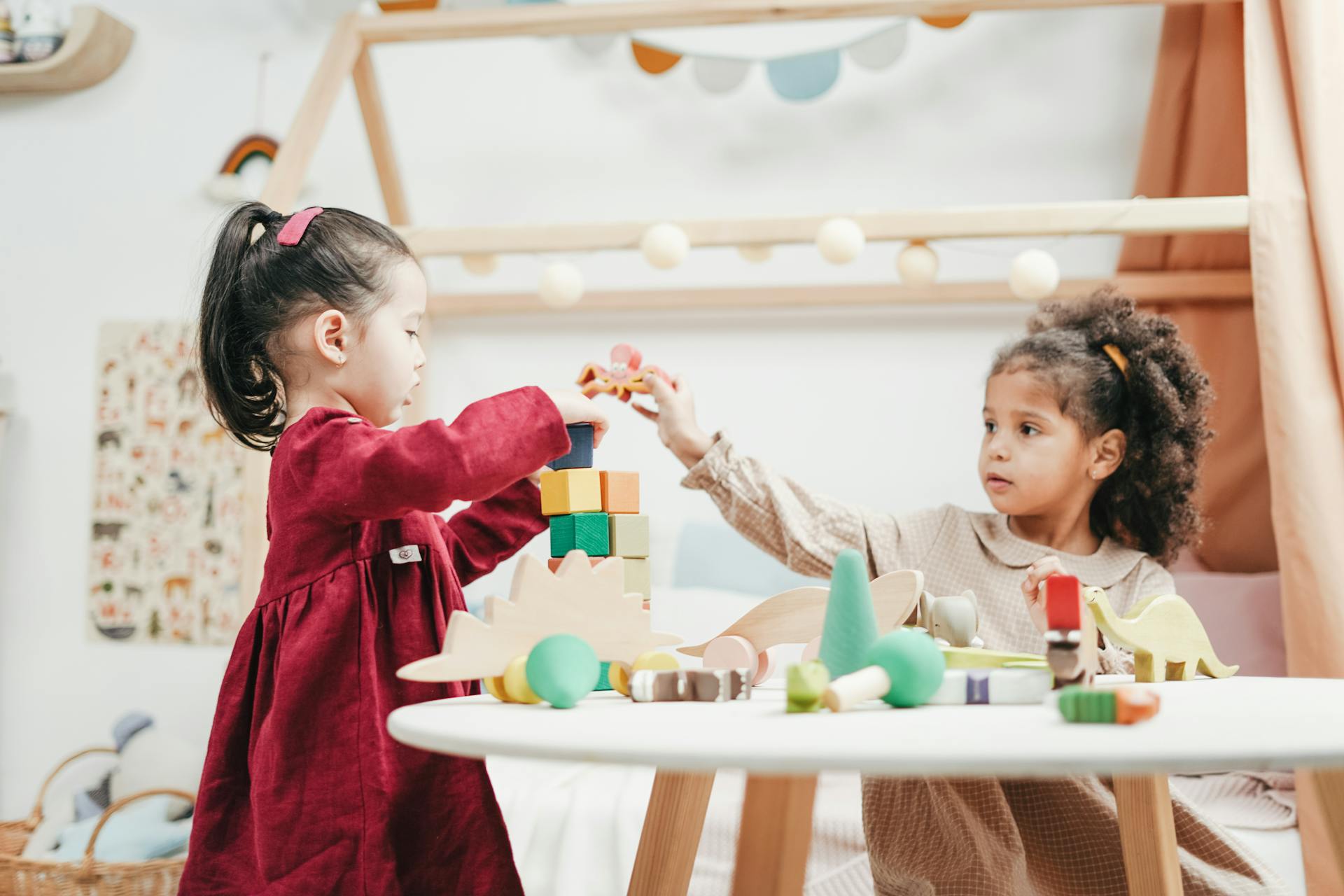
Unleashing the Power of Play-Based Learning
Remember when recess was the best part of the day? Play isn’t just about having fun; it’s a vital part of how young children learn and grow. Let’s ditch the misconception that play is a break from learning and dive into play-based learning.
Why Play Makes Learning Fun
Think of your child’s brain as a tiny sponge, eager to soak up new information. Play is like the water that expands the sponge and absorbs even more! Here’s how:
- Brain Boost: Play stimulates different areas of the brain, strengthening neural connections and fostering cognitive development. Think problem-solving, critical thinking, and memory.
- Social Butterflies: Playtime with friends is great for building social skills. Kids learn to share, take turns, communicate effectively, and navigate emotions. This builds the foundation for strong relationships.
- Emotional Explorers: Play allows kids to express and understand their emotions safely and creatively. From building a pretend hospital to acting out a story, they learn to deal with frustration, celebrate achievements, and develop empathy.
- Confidence Builders: When kids explore and experiment through play, they discover their strengths and abilities. Mastering a new skill, like building a tall tower or overcoming a mini obstacle course, gives them a sense of accomplishment and boosts their confidence.
Fun Ideas for Play-Based Learning for Different Ages
Here are some ideas to get you started:
Tiny Explorers (1-3 years old):
- Sensory Safari: Fill a bin with different textures like rice, beans, or water beads. Hide safe objects inside and let them explore with their hands.
- Block Party: Stack, build, and knock down towers with colorful blocks.
- Dress-Up: Raid your closet and let them transform into pirates, doctors, or even superheroes. You might join the fun too!
Curious Adventurers (3-5 years old):
- Fort Fun: Grab blankets, pillows, and chairs to build a cozy hideaway. Decorate it with lights, books, and stuffed animals. Secret meetings and adventures await!
- Puppet Pals Come Alive: Craft sock puppets or use hand puppets to put on a silly show. They can tell stories, sing songs, or have “important” puppet conversations.
- Nature Detectives: Head outside and become explorers. Collect leaves, rocks, and feathers. Use them for art projects or imagine they have special powers.
Remember:
- Avoid rigid rules or specific outcomes. Let their imagination run wild and explore different possibilities.
- Join the Fun! Playing alongside your child is a fantastic way to connect, learn together, and create lasting memories.
- No Fancy Toys Required. Everyday objects, cardboard boxes, and natural materials can become props for their imaginative adventures.
By embracing play-based learning, you’re doing more than just keeping your child entertained. You’re nurturing a love of learning, building essential skills, and fostering a happy, confident child ready to take on the world. So, put away the screens, grab some blocks, and get ready to join the most important playtime of all – raising a curious, creative, and happy child!
Bonus Tip: Encourage open-ended questions and let them take the lead in their play. Ask, “What does your tower do?” or “Where are you going on your adventure?” Their answers will amaze you!
Remember, play is more than just fun; it’s a powerful tool for growth and development. So, let’s celebrate the joy of play and watch our little ones blossom into lifelong learners!
For more information like this, please visit AMC blogs.
By: Melissa A. Kay
